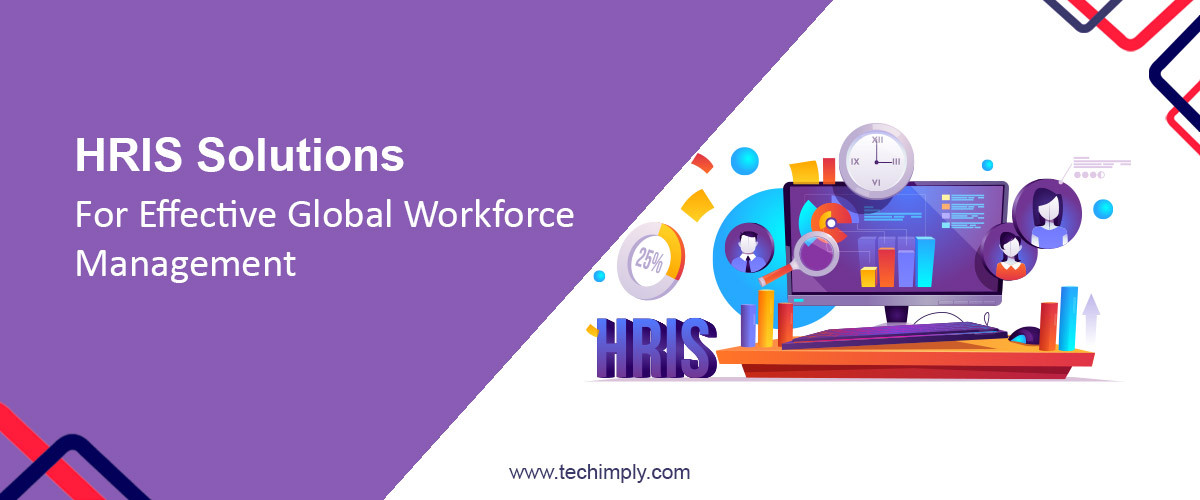Creating a successful mobile app requires significant time and financial investment. To keep costs under control and increase the chances of success, it's crucial to minimise app development time. Longer development cycles can lead to higher costs and a higher risk of the app being overlooked or dismissed as unoriginal.
Many businesses ask, “are there app development companies near me to shape the mobile footprint of the brand?” But before asking such a question, you need to explore various strategies, tools and techniques for reducing app development time without compromising on quality. Here we help you to explore these.
- Embrace Cross-platform development
When developing a mobile app, a common question developers face is which platform to support. Choosing to develop for only one platform limits the potential audience, but developing for multiple platforms can greatly increase development time. However, there is a solution to this.
By utilizing cross-platform development tools, you can target different mobile platforms with the same codebase, eliminating the need to spend extra time translating, rewriting, and recompiling the code for different platforms. This can save significant time and effort, potentially shaving weeks, months, or even years off your project.
- React Native: This framework uses React, a popular JavaScript library for building user interfaces, to build mobile apps for both iOS and Android.
- Xamarin: This framework Uses C# to build mobile apps for iOS, Android, and Windows platforms.
- Flutter: This framework uses Dart programming language, enabling developers to develop apps for both iOS and Android with a single codebase.
- Ionic: This framework helps developers to develop apps for iOS, Android, and the web using web technologies such as HTML, CSS, and JavaScript,
- Cordova: This framework enables developers to use web technologies, such as HTML, CSS, and JavaScript, to build mobile apps and package them as native apps for multiple platforms using Apache Cordova.
- Start design with Wireframing
One effective method for shortening the development process is to utilise simple, preliminary sketches known as low-fidelity wireframes. These wireframes only contain essential information and are faster to create than their high-fidelity counterparts.
By utilising these wireframes, both the programming team and the UX designer have a clear understanding of the app's layout and functionality, allowing for simultaneous development and design efforts. This helps to ensure alignment between all aspects of the project and streamline the overall process.
- Embrace MVP development
Adopting the strategy of Minimum Viable Product (MVP) can significantly accelerate the development of an app. MVP is a basic version of a product with fundamental features that meet the needs of early users and provide valuable insights for future development. This strategy allows for a faster product release to the market, eliminating the need to perfect all features before launch.
By identifying the core features essential for the app's functionality, teams can prioritise development efforts and avoid wasting time on unnecessary features. Additionally, the MVP approach enables teams to gather early user feedback, which can be used to make data-driven decisions about future development. This approach leads to a more user-centric app and a more efficient development process, as teams can focus on what matters most to the users.
- Make release cycles smaller.
A release cycle is when a specific app feature is made available to users. By releasing a feature as soon as it is built, we can receive feedback from our clients promptly. This helps us to make necessary adjustments to the feature before its final release. By implementing shorter release cycles, we can gather ongoing feedback on the app, make consistent improvements, and deploy it more quickly, making it an effective method for accelerating the app development process.
- Adopt agile methodology
Agile development is a widely-used methodology that emphasises frequent and iterative development and testing throughout the entire software development process. This approach enables developers to build and test different functionalities of an application simultaneously, allowing for quick identification and resolution of bugs.
However, it's worth noting that not all companies adopt this methodology. Some organisations still rely on traditional methods, where the development process is completed before testing begins. In this approach, many bugs are usually discovered during the testing phase, which results in significant delays as the development team must go back and resolve them. This process can take time, especially if the developers last worked on the code a while ago.
- Use test automation
Testing an application before it is released to the market is vital to ensure it meets the users' expectations. However, manual testing can be tedious and time-consuming, especially for large and complex applications. Automated testing can help developers to save time and effort by automating repetitive and mundane tasks and applying multiple testing methods simultaneously.
Additionally, automated testing enables the developers to run multiple tests in parallel, which can help to identify more bugs and issues more quickly. This way, it helps to ensure that the application is of high quality and is ready for launch.
- Use Ready-to-use Components
When building a mobile app, it's only sometimes necessary to start from scratch and create every component. If you are trying to implement a unique and never-before-seen idea, this can be a time-consuming and challenging process. Instead, you can look for pre-existing solutions already available in the market.
These solutions have been tested and proven good and can be used to speed up the complete development process without compromising the quality of the product. By leveraging such pre-built solutions, developers can focus on delivering unique and innovative features to set their apps apart.
Ending Notes
It's important to remember that the timeline of the development project should be based on the requirements and not the expectations. The development team should have a clear understanding of the app's requirements and must be able to use the time required to complete the project based on those requirements. Only then will they be able to deliver the app on time and with the expected features and functionalities.






